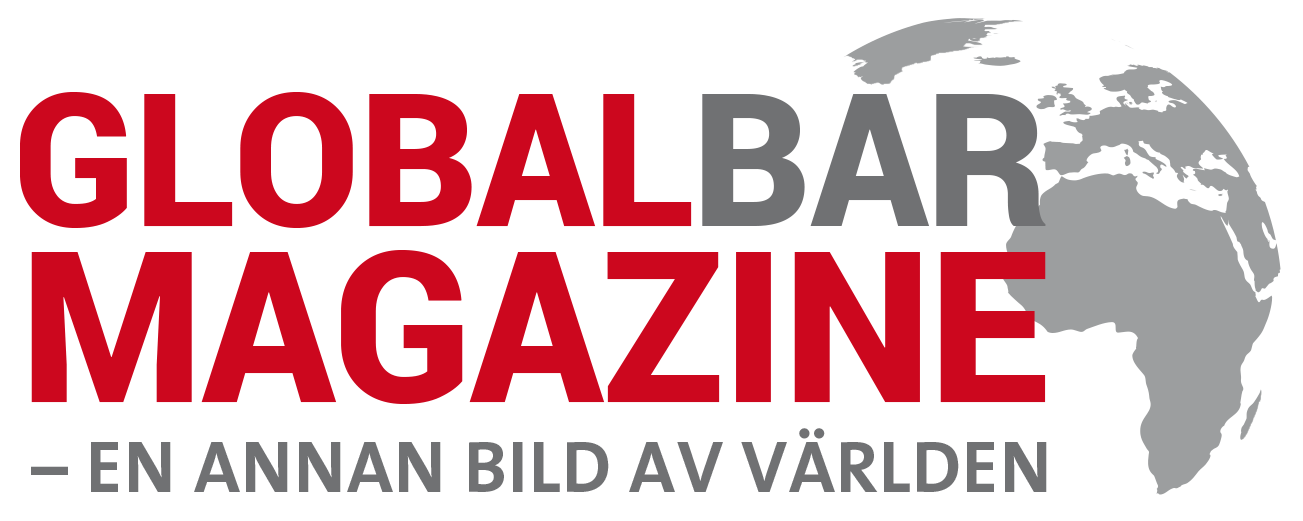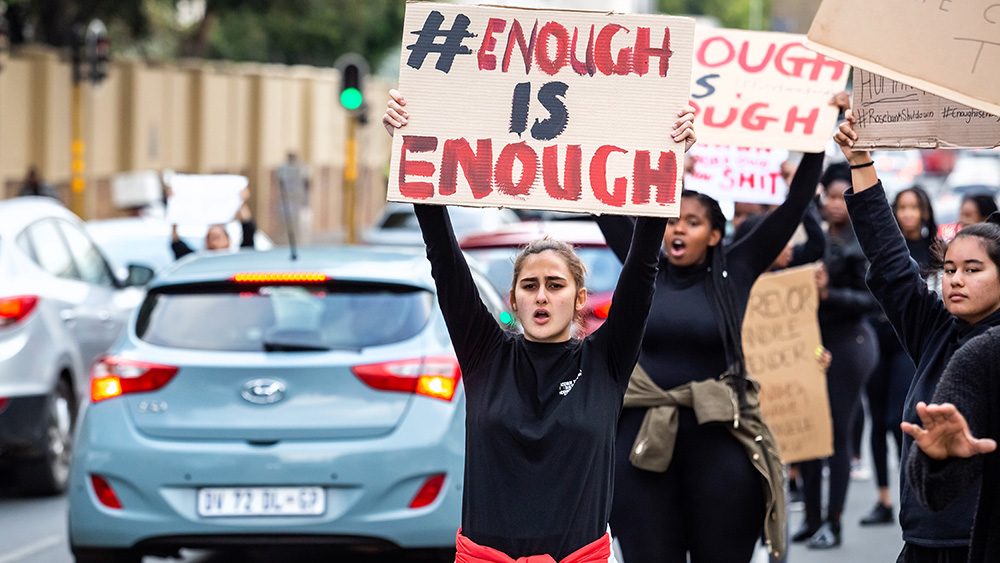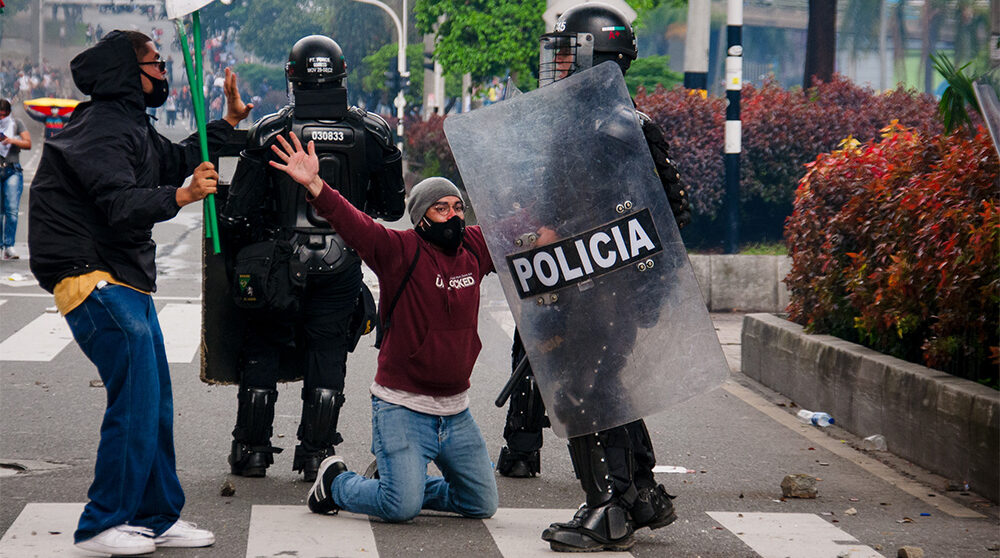Social scientists have shown how freedom in South Africa has lost its meaning for many in the country. Nicky Falkof is a media studies professor who researches race and anxiety Her new book, Worrier State, shows how narratives of fear manifest in mainstream and digital media, and the role that ‘race’, class, gender, space and identity play in these in the country. Interview by Thabo Leshilo.
What brought you to the view that fear is a dominant feature of life in South Africa today?
”Just life, really. I live in Johannesburg, which provides a constant illustration of what urban theorists call “fortress architecture”: the high walls, the armed response signs, the barbed wire, the spikes, the beams and the guard huts. Alongside that is the ever-more-visibly crumbling infrastructure.”
Moving through the city is anxiety-provoking in multiple ways, even for people like me who are fortunate enough to have our own transport, and live close to where we work. As I say at the start of the book, my return to Joburg in 2012, after almost 15 years in the UK, was fraught with discussions with friends, family and colleagues about what I should be careful of and what to worry about. That conversational trend seems to have increased recently, with people now talking frantically about loadshedding (power cuts) and water outages as well as crime and corruption.
So, while a lot of other emotions make up the country’s affective landscape – South Africans are frequently joyful people – it seems to me that fear and anxiety are significant elements of what it feels like to live here. I believe that these kinds of emotional experiences, which are part of rather than supplementary to urban life, need to be thought and written about.”
What are the main ways this fear manifests itself?
”Fear has important consequences for how people vote, what they spend their money on, who they consider to be part of their communities and who they treat as outsiders. Pretty much all the major political parties in this country use racist and xenophobic dog-whistle tactics to frighten the population with the threat of loss of jobs, increased violence or even just feeling uncomfortable due to the presence of strangers. Media coverage of these political activations of collective anxiety distracts voters from the multiple failures of the political class by amplifying the sense that citizens are under threat from outsiders.
The design and management of South Africa’s cities are significantly affected by fear. This can be seen in the apartheid-era planning of Joburg and Soweto, the sprawling black settlement south-west of the city. Soweto was intentionally located to keep poorer black labourers away from “white” areas. These historical scars of segregation persist today. People have to travel for hours from townships – historically black residential areas – and predominantly black informal settlements to get to their jobs, because frightened middle class residents push back against affordable housing or even just accessible taxi ranks in their areas.
Fear makes us suspicious and distrustful. This often draws on disturbing stereotypes about “race”, nationality and economic status. For example, in the chapter on township fear of crime, I discuss the automatic association of criminal drug dealers with people simplistically referred to as “Nigerians”, one of the major folk devils of contemporary South Africa. Dangerous street drugs like nyaope are rife throughout the country. They are sold and used widely by South Africans and other nationals. But Nigerians are often scapegoated as the “real” drug dealers, solely responsible for this ongoing crisis.
Similarly in the chapter on Melville, the suburb where I live, I show how middle class residents use the neighbourhood Facebook group to classify homeless people and informal workers such as car guards as dangerous and threatening. Discussions within this digital community are rife with assumptions that poorer black men are criminals, and don’t belong on the streets of the suburb.”
Do you think the fear will pass?
”Honestly? I wouldn’t think so, no. One of the points I make in the book is that cultures of fear, while extraordinarily visible and racialised in South Africa, are not at all unique to this country. The general increase in fear and anxiety is a global condition which has to do with a number of factors. These include the explosion of digital technology and corresponding transmission of misinformation; the alienating conditions of late capitalism, in which power and money are diffuse and distant; people’s increasing senses of powerlessness given these circumstances; and global phenomena like climate change that do actually pose a significant threat, but that feel unmanageably vast.
The rise of populist and racially supremacist politics – such as that of the Donald Trump-supporting meta-conspiracy QAnon – is an important barometer of how worried people are. It also suggests how eagerly we cling to something that might help us to define and explain the many threats we feel subjected to.
And of course South Africa is actually more insecure, riskier, than many other places, which, alongside the swings of global social change, suggests that fear and anxiety will be a part of the country’s inner and public lives for the foreseeable future.
Thabo Leshilo
Editor at the Conversation
Nicky Falkof is Associate professor at, University of the Witwatersrand
This article is republished from The Conversation under a Creative Commons license. Read the original article here.
Read also


